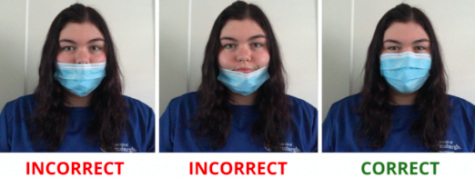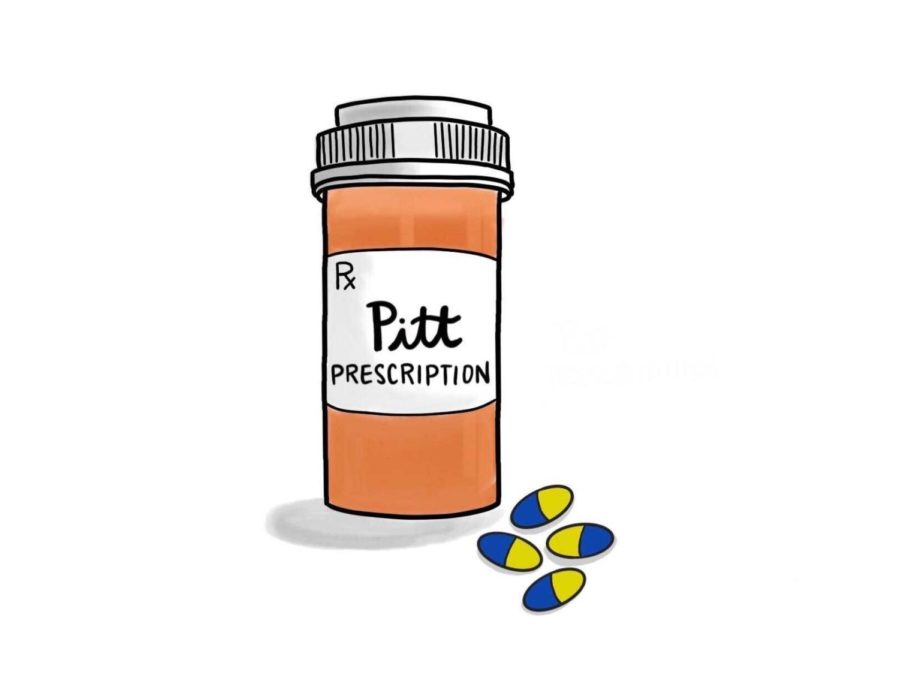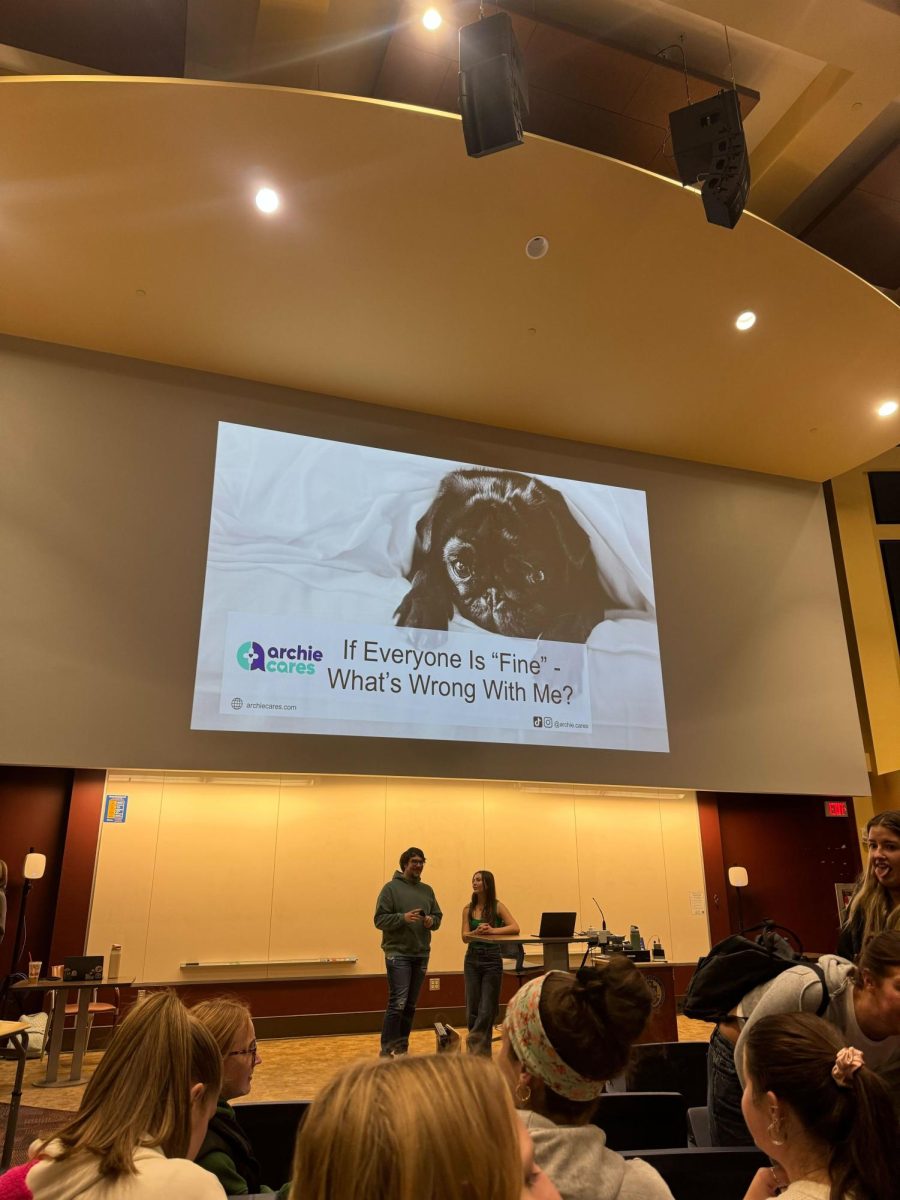The Pitt Prescription | Mask up: why face coverings are vital during pandemics
The Pitt Prescription is a biweekly blog where student pharmacist and Senior Staff Writer Elizabeth Donnelly provides tips on how to stay healthy in college. This edition was reviewed by Karen S. Pater, Pharm.D., CDCES, BCACP.
Shruti Talekar | Contributing Editor
The Pitt Prescription
September 6, 2020
Masks are a huge topic of debate recently, especially in the United States, where wearing them has for many people become a political statement. While I’m not going to get into the political theories behind masking, I will delve into the science and facts behind it.
Why are face coverings such as masks important?
Face coverings are key aspects of controlling an outbreak like COVID-19, plain and simple. You may wonder how a general piece of fabric could minimize virus transmission. Well, COVID-19 is most commonly spread through something called respiratory droplets. These droplets are the small particles that leave your mouth and nose when you speak, cough or sneeze — and they can travel very quickly. If these droplets come from an infected person, whether they are symptomatic or not, other people around them may potentially become infected when the droplets land in their mouth, nose or eyes.
COVID-19 is thought to be more contagious than the flu, with a higher transmission rate and death rate recorded. According to the Centers for Disease Control and Prevention, roughly 24,000 to 64,000 Americans died from the flu in the recent 2019-20 flu season. In just six months, COVID-19 has claimed the lives of more than 188,000 Americans, and that number is still rising on a daily basis. Minimizing the transmission is a key step in controlling the virus, something the United States has failed to do so far. Face coverings help minimize the transmission, as shown by prominent CDC and university researchers, as well as scientists, such as Bill Nye “The Science Guy.”
In his video, Nye says wearing a mask is “literally, a matter of life and death.” While masks can protect you from inhaling germs, the main use of masks and face coverings is to protect those around you. Choosing not to wear a mask could impact any person you come into contact with and potentially lead to transmission of COVID-19 and subsequent death. If you are uncomfortable with wearing a mask, it is advised you do not go to public places and you stay at least 6 feet away from other people, because that is the range where respiratory droplets can best infect someone else. Masks are not necessary if walking outside completely alone, but if there is even one other person near you, masking is important.
What are the different kinds of masks available to use during this pandemic?
There are many types of face coverings available on the market to allow everyone to help minimize the spread of COVID-19. The most basic are the disposable, one-use surgical masks that can be purchased at almost all retail and drug stores. One-use surgical masks are designed to loosely cover the nose and mouth, which provides some protection from others’ respiratory droplets. The main aspect of these masks is that they significantly prevent you from spreading your own droplets to others.
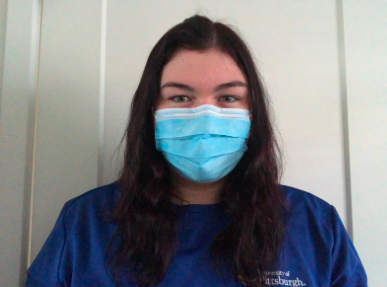
One-time-use surgical masks are effective at preventing the spread of respiratory droplets if worn correctly.
Similar to one-use surgical masks, cloth face coverings do not provide significant protection from others’ droplets, but they are effective at preventing you from spreading yours. It is important that your mask be as fitted to your face as possible to allow for the least amount of open space for droplets to be released. These masks are good because they are multi-use, and some even include filters. It is important to remember to wash these masks often, especially if they’re used on a continuous or long-term basis.
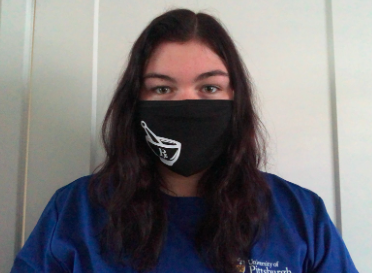
Cloth face masks should be tightly fitted to the face with minimal gaps.
Another important thing to note is that cloth face masks with a valve or vent in them are not effective in preventing COVID-19 transmission, and the CDC warns against using them. Many businesses, such as airlines, are starting to prohibit the use of these masks, as they are basically the same thing as a mask with a hole cut into it. The CDC also doesn’t recommend other popular cloth face coverings such as bandanas or gaiters. A recent Duke University study shows that bandanas and gaiters are the least effective of all mask types, and the CDC recommends against using them until more research is done.
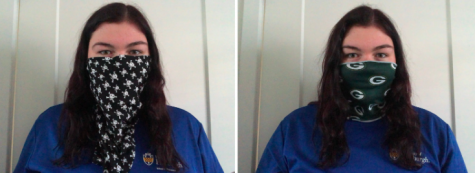
The CDC highly recommends against using bandanas (left) or gaiters (right) as face masks, as they are not effective.
Finally, respirators, such as the N95 or KN95, are another option for covering your face. These masks are more commonly used by medical professionals who are in contact with COVID-19-positive patients. These face coverings should be reserved for medical professionals or people with a very high risk for fatally contracting the virus. N95s are not very easily obtained by the general public, but some stores sell KN95s to general consumers. Unlike disposable surgical masks and cloth face coverings, N95 masks act as air filters and can filter out the virus so that the person wearing it will not be exposed. These masks also prevent the wearer from spreading their droplets to anyone surrounding them. These kinds of masks are important for health care professionals, because they are the only ones that can be safely used while working with positive patients.
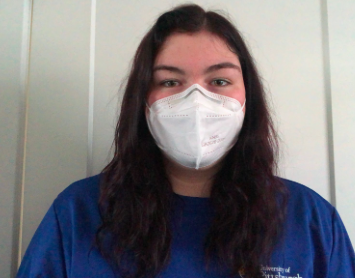
KN95 respirators are available to the general public, but should be reserved for medical professionals.
How to properly wear a mask
In order for a mask to do its job, it needs to be worn properly. It should fit tightly to your face with minimal gaping on the sides. The mask should cover both your nose and your mouth and should be fitted to your nose, if possible. The less amount of open space between the mask and your face, the more effective the mask will be. Wearing a mask below your nose or on your chin defeats the purpose of the mask, so make sure to follow proper protocol when using one.
